How to Estimate Standing Timber Value Effectively
- September 2, 2024
- 0 comment
Accurately estimating the value of standing timber is a vital task for landowners looking to maximize their financial return from forested properties. Properly evaluating timber involves more than just a glance at the trees, it requires a deep understanding of factors that affect market value, such as species, timber quality, volume, market conditions, and land accessibility.
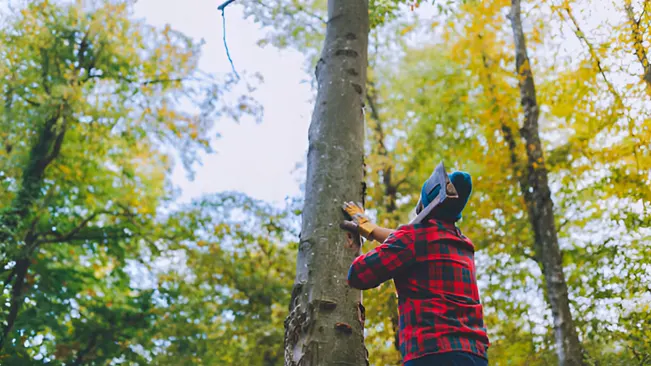
Engaging professional help and utilizing accurate measurement techniques are crucial steps in ensuring that your timber is appraised correctly. This comprehensive guide will help you understand the key aspects involved in estimating standing timber value effectively.
Estimating Standing Timber Value
1. Know What Kind of Tree it is
The value of timber is heavily influenced by the tree species, with hardwoods like oak, maple, and cherry generally commanding higher prices than softwoods like pine.
Additionally, timber quality, determined by factors such as tree health, trunk straightness, and the absence of defects, plays a crucial role in valuation. Higher-grade timber, free from knots and disease, is more valuable because it yields more usable wood for products requiring large, defect-free boards.
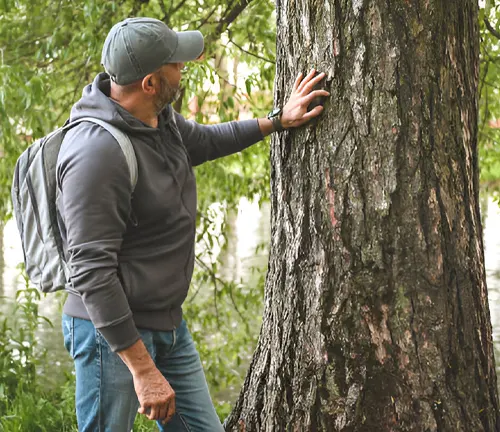
Table 1: Common Timber Species and Their Market Impact
| Species | Market Value | Common Uses | Quality Indicators |
|---|---|---|---|
| Oak | High | Furniture, Flooring | Straight trunk, minimal knots |
| Maple | High | Cabinets, Veneer | Uniform color, fine grain |
| Cherry | Very High | Fine Furniture, Cabinets | Rich color, clear grain |
| Pine | Medium | Construction, Paper Products | Tall, straight, with fewer branches |
| Walnut | Very High | High-End Furniture, Gunstocks | Dark, uniform color, fine texture |
Timber quality is graded on these indicators. For example, a tree with minimal knots and a straight trunk is considered higher grade, which increases its value. Conversely, trees with visible defects like crookedness or disease are classified as lower grade, reducing their market price.
2. Measure the Timber Volume
After identifying the species and assessing the quality, the next step is measuring the volume of timber on your property. Timber volume is typically measured in board feet, a unit that represents a 1-inch thick, 12-inch wide, and 12-inch long piece of wood. Accurate measurement of timber volume is crucial for determining its value.
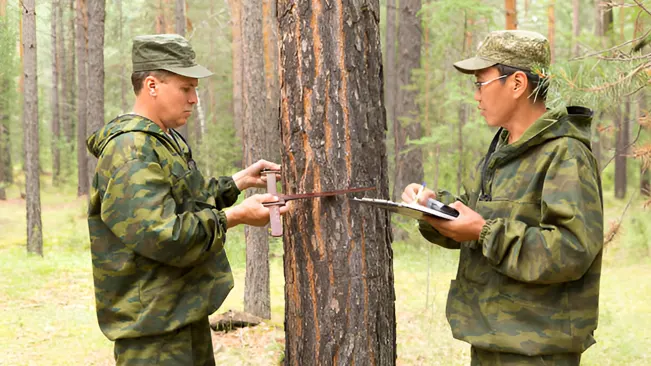
One of the most reliable methods for measuring timber volume is through a process called timber cruising. This involves systematically sampling a representative portion of the forest to estimate the total volume. Timber cruising is best performed by a professional forester who has the tools and expertise to ensure precision.
Table 2: Common Volume Measurement Methods
| Method | Description | Accuracy |
|---|---|---|
| Timber Cruising | Systematic sampling of trees in a forest to estimate volume | High |
| Doyle Log Scale | Used for scaling logs and estimating board feet from tree diameter | Moderate |
| International 1/4″ Scale | Provides more accurate estimates for large-diameter logs | High |
| Scribner Log Scale | Simplified method for estimating lumber yield from logs | Moderate |
Accurate volume measurement is essential because even small errors can lead to significant discrepancies in the estimated value of your timber. Given the complexity, it is often advisable to hire a professional forester to conduct the timber cruise.
3. Evaluate Market Conditions
Timber prices are highly dependent on current market conditions, which can fluctuate based on demand, economic factors, and even seasonal variations. To ensure you are getting the best price for your timber, it is essential to stay informed about local market trends. Consulting local stumpage price reports, which provide region-specific pricing for different timber species and grades, is an invaluable step in the valuation process.
Table 3: Factors Influencing Timber Market Value
| Factor | Description |
|---|---|
| Species | High-demand species fetch better prices. |
| Market Demand | Local and regional demand for specific timber types. |
| Economic Conditions | Broader economic factors, such as housing market trends. |
| Seasonal Variations | Logging is more challenging in wet conditions, affecting supply and demand. |
The quality and grade of timber can also fluctuate in value depending on market trends. For example, during economic downturns, high-grade timber might see reduced demand, while lower grades could remain stable due to consistent industrial use. Monitoring these factors and timing your sale accordingly can help you secure a better price for your timber.
4. Consider Land Accessibility and Logistics
The accessibility of your timberland can significantly impact its value. Timber that is difficult to access due to rough terrain, poor roads, or remote locations can result in higher logging and transportation costs, reducing the stumpage rate—the price paid for the timber while it is still standing.
Table 4: Factors Affecting Timberland Accessibility
| Factor | Impact on Value |
|---|---|
| Terrain Difficulty | Steep slopes or rocky ground increase logging costs. |
| Road Access | Poor roads can make transportation expensive. |
| Distance to Market | Greater distances to mills reduce profitability. |
| Environmental Restrictions | Protected areas or wetland restrictions can limit harvesting. |
Addressing these logistical challenges upfront, possibly with the help of a forester, can lead to better terms during negotiations with buyers. For instance, improving road access or selecting the most accessible parts of the property for harvesting first can reduce costs and increase the value of your timber.
5. Engage in Professional Assistance
While it is possible for landowners to estimate the value of their timber independently, involving a consulting forester offers many advantages.
A forester provides expertise in species identification, volume measurement, and market analysis, ensuring that the valuation is both accurate and comprehensive. They can also assist with timber sale management, including bid solicitation and contract preparation, to ensure you get the best possible price for your timber.

Table 5: Consulting Forester Services
| Service | Description |
|---|---|
| Timber Cruising | Detailed assessment of timber volume and quality. |
| Market Analysis | Evaluating local market conditions and stumpage prices. |
| Harvest Planning | Strategic planning for sustainable and profitable timber harvests. |
| Sale Management | Assisting with bids, contracts, and negotiations. |
A consulting forester’s fees are often offset by the higher prices they can secure for your timber, thanks to their industry knowledge and negotiation skills. Additionally, their expertise ensures that your timber is harvested sustainably, preserving the health of your forest for future harvests.
6. Final Valuation and Sale Considerations
After gathering all the relevant data—species, volume, quality, market conditions, and accessibility—you can calculate a fair estimate of your timber’s value. This involves combining the estimated volume with current market prices, adjusted for quality and logistical factors. It’s important to review this estimate with your consulting forester to ensure all aspects have been considered.
Table 6: Steps for Final Valuation
| Step | Action |
|---|---|
| 1. Compile Data | Gather information on species, volume, quality, and market conditions. |
| 2. Calculate Volume | Use measurement methods to determine total board feet. |
| 3. Apply Market Rates | Adjust for local market conditions and timber grade. |
| 4. Factor in Accessibility | Account for terrain, distance, and other logistical costs. |
| 5. Consult Forester | Review the valuation with a professional for accuracy. |
Once the valuation is complete, you can proceed to the sale phase. This involves preparing contracts, soliciting bids, and managing the logging process. Proper preparation and professional guidance ensure a smooth sale, maximizing your returns and minimizing potential risks.
Conclusion
Estimating the value of standing timber requires careful consideration of species, quality, volume, market conditions, and accessibility. A structured approach, combined with professional assistance, ensures accurate valuations that support both profitable sales and sustainable forest management.
Gathering accurate data and consulting market reports are key steps to maximizing the benefits of your timber sale. With proper planning, you can turn your standing timber into a valuable resource that provides both economic gain and environmental stewardship.
Frequently Asked Questions (FAQ’s)
- What factors most influence timber value?
The species and quality of the trees are the most significant factors, with hardwoods generally being more valuable than softwoods. Additionally, the market conditions and accessibility of the land play crucial roles in determining the final value. - How do you measure timber volume?
Timber volume is typically measured in board feet, often using methods like timber cruising or log scales such as the Doyle or International 1/4″ Scale. Accurate measurement is essential for determining the true value of your timber. - Why is timber quality important?
Higher-quality timber, free from defects like knots and disease, commands better prices because it yields more usable wood. Quality is assessed based on tree health, trunk straightness, and other factors. - How do market conditions affect timber value?
Timber prices can fluctuate due to regional demand, economic conditions, and seasonal factors. Staying informed about local market trends helps ensure you sell at the best possible time. - What role does land accessibility play in timber valuation?
Difficult terrain or poor road access can increase logging costs, reducing the overall value of your timber. Addressing these logistical challenges can improve your profit margins. - Should I hire a consulting forester?
Hiring a consulting forester is highly recommended for accurate timber valuation and sale management. Their expertise often results in higher returns, outweighing their service fees. - What are stumpage prices?
Stumpage prices refer to the amount paid for timber while it is still standing. These prices vary by species, quality, and market conditions. - How often should I evaluate my timber?
Timber should be evaluated periodically, especially before any planned sale. Regular assessments help account for growth and changes in market conditions. - What steps should I take before selling my timber?
Before selling, identify the species, measure the volume, assess quality, and consult local market reports. Engaging a forester can further ensure you get the best price. - How can I maximize the value of my timber sale?
To maximize value, ensure accurate measurements, stay informed on market trends, and consider timing your sale strategically. Professional guidance is key to achieving the best results.

James Wilson
Forestry AuthorJames Wilson has over 15 years of experience in forestry economics, specializing in sustainable practices, investment opportunities, and financial management. He has contributed to notable publications like "Forestry Today" and "EcoFinance Journal" and is known for providing practical and insightful advice. With a degree in Environmental Economics, James stays updated through continuous learning and active participation in industry discussions. Outside work, he enjoys hiking and nature photography, bringing a well-rounded perspective to his professional role.

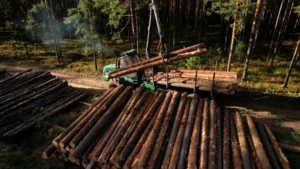
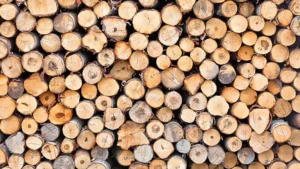
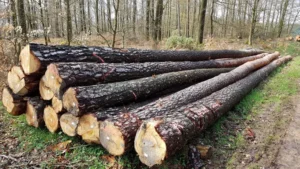
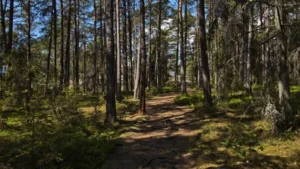
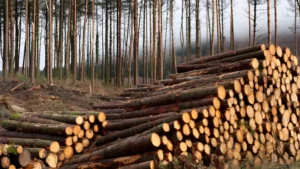
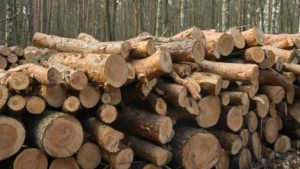
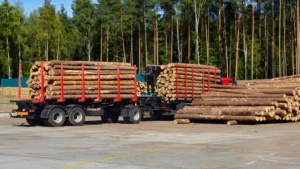
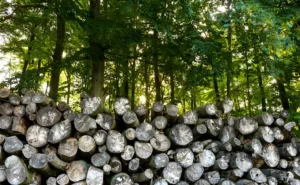
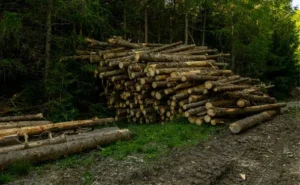
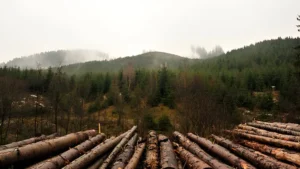
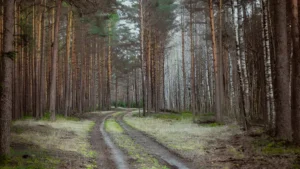
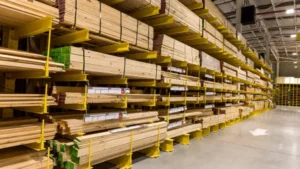
Leave your comment